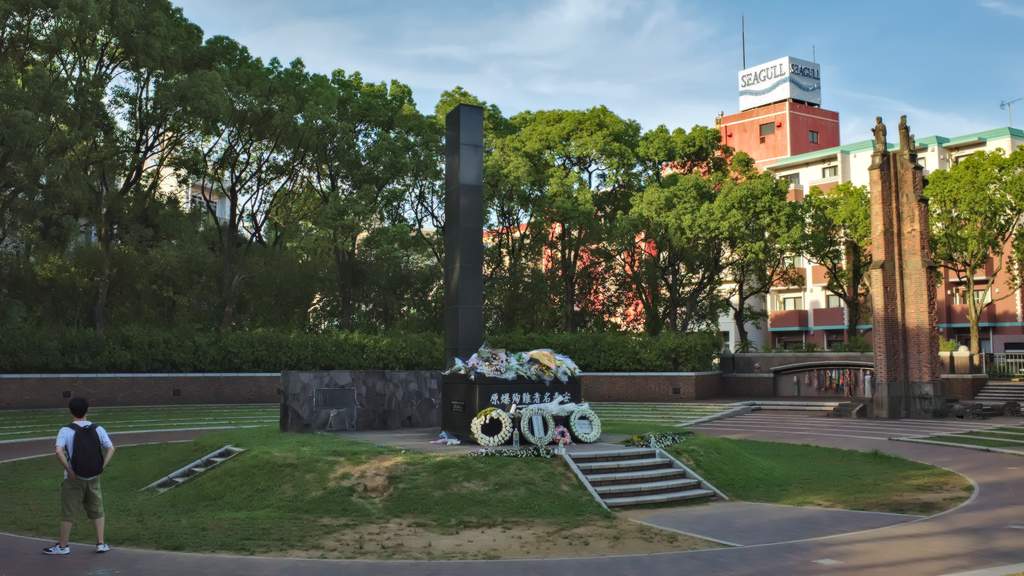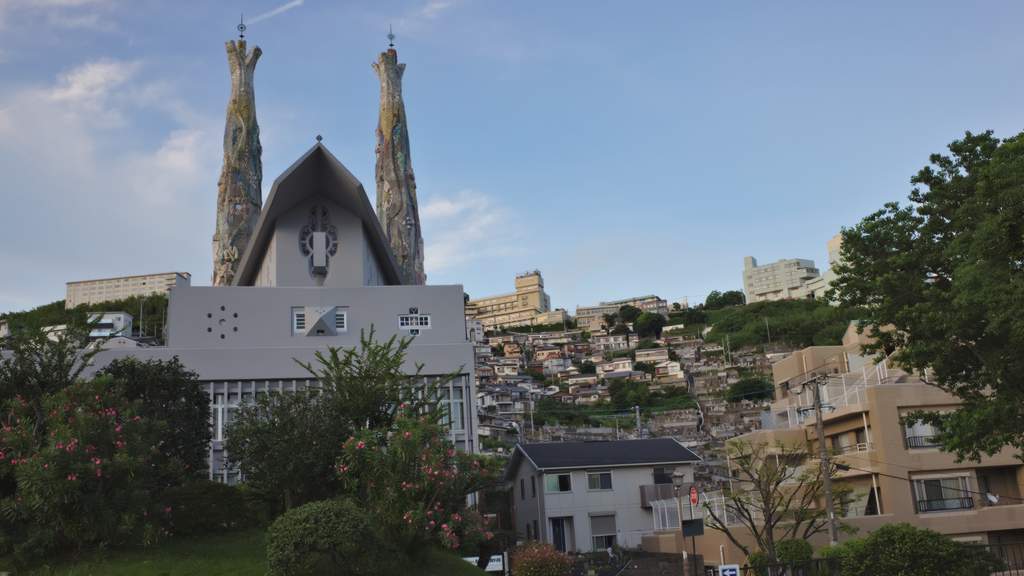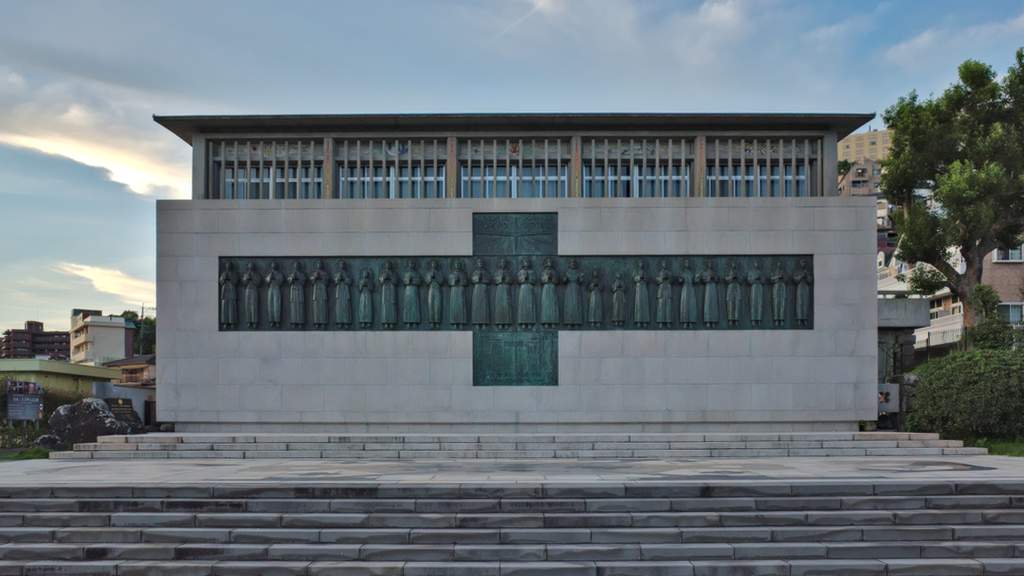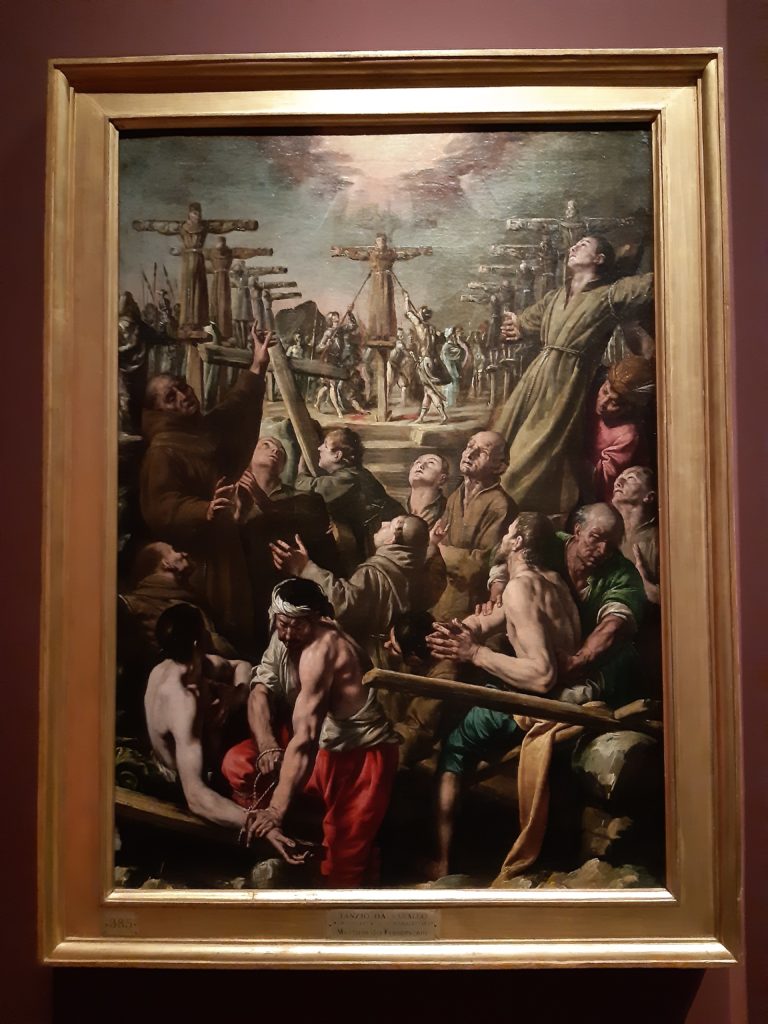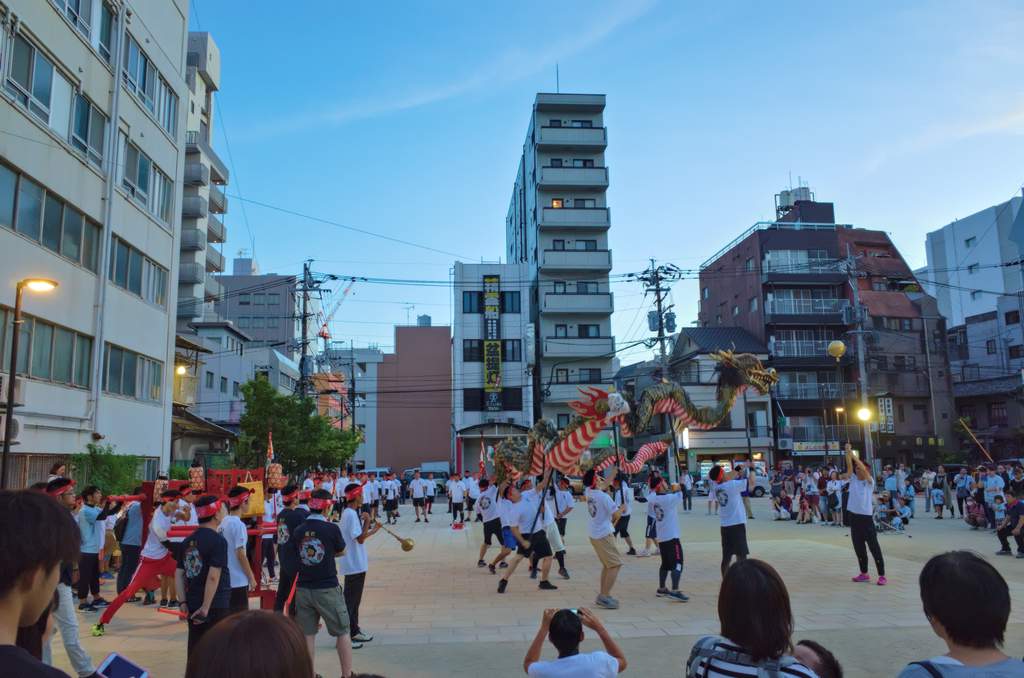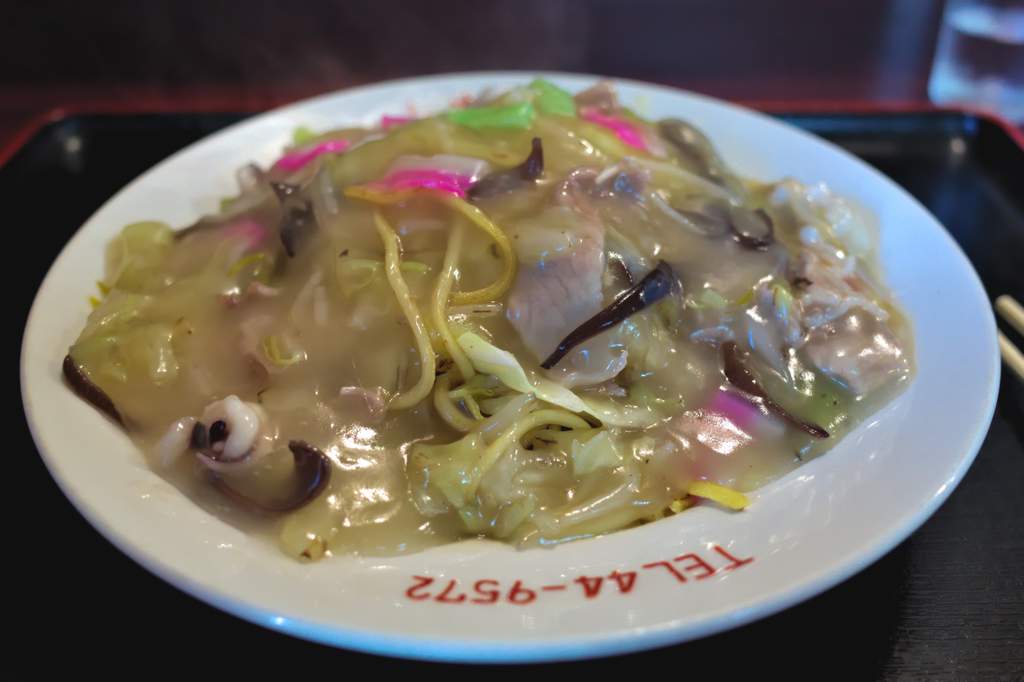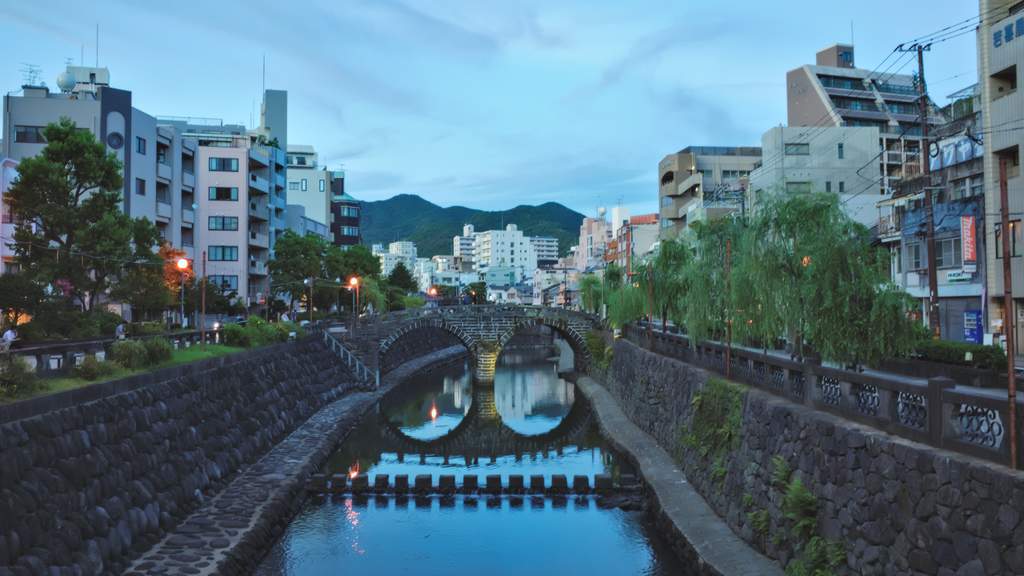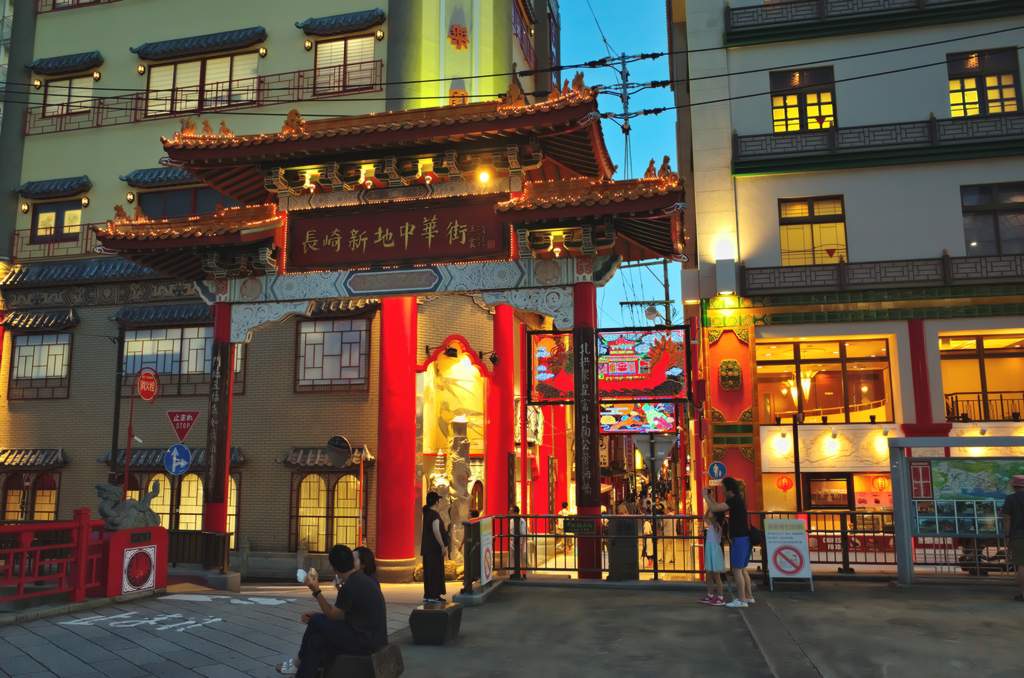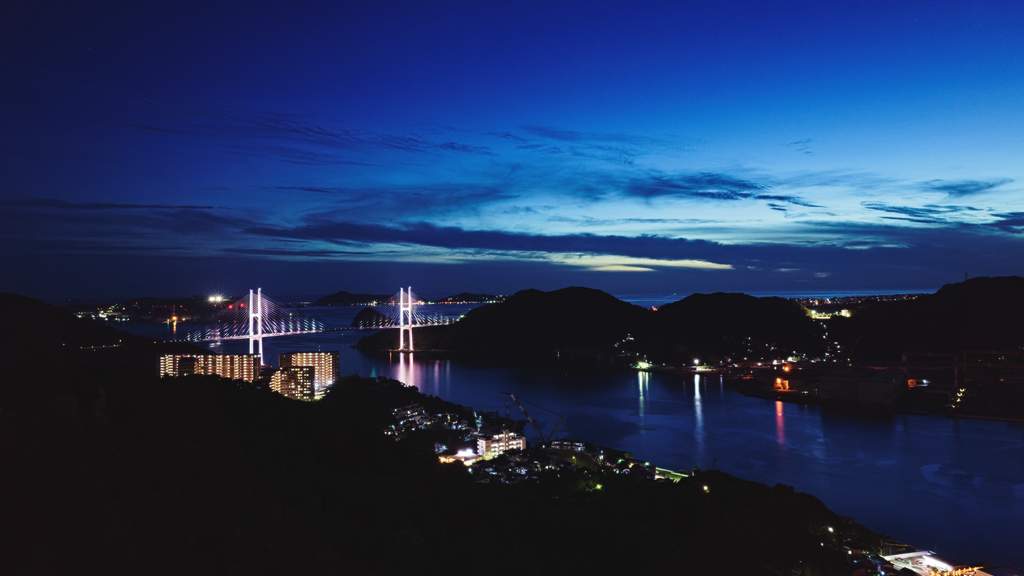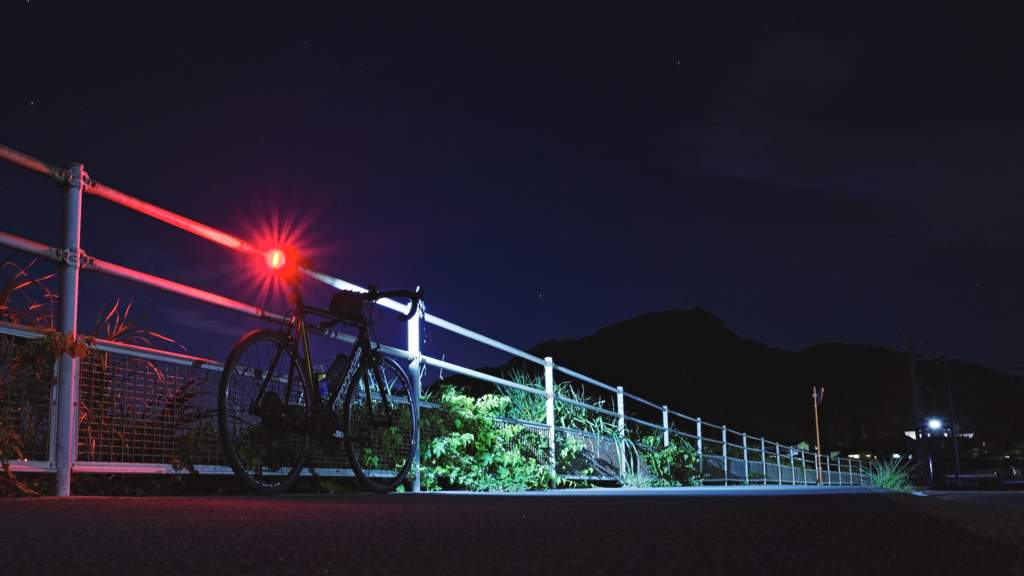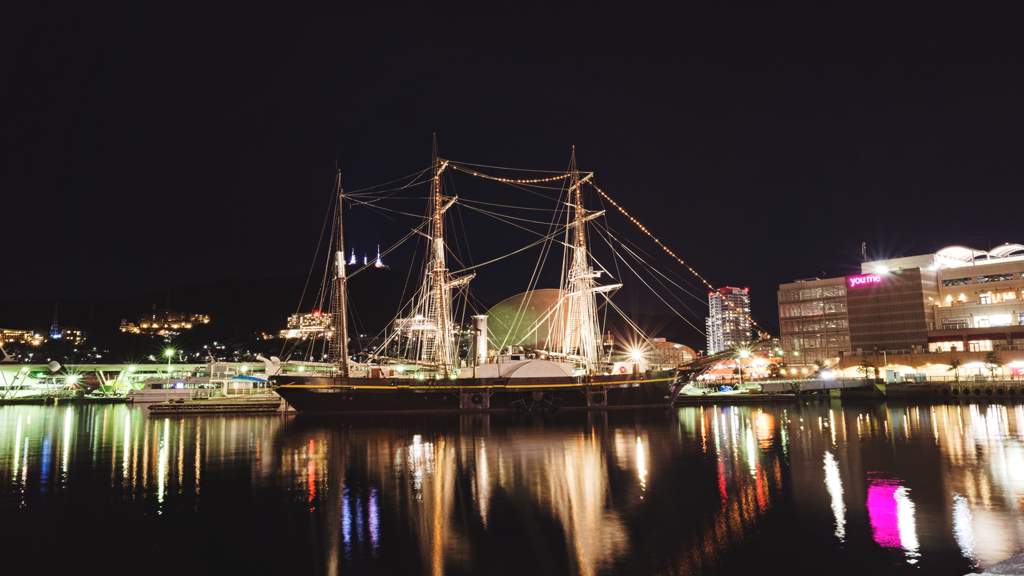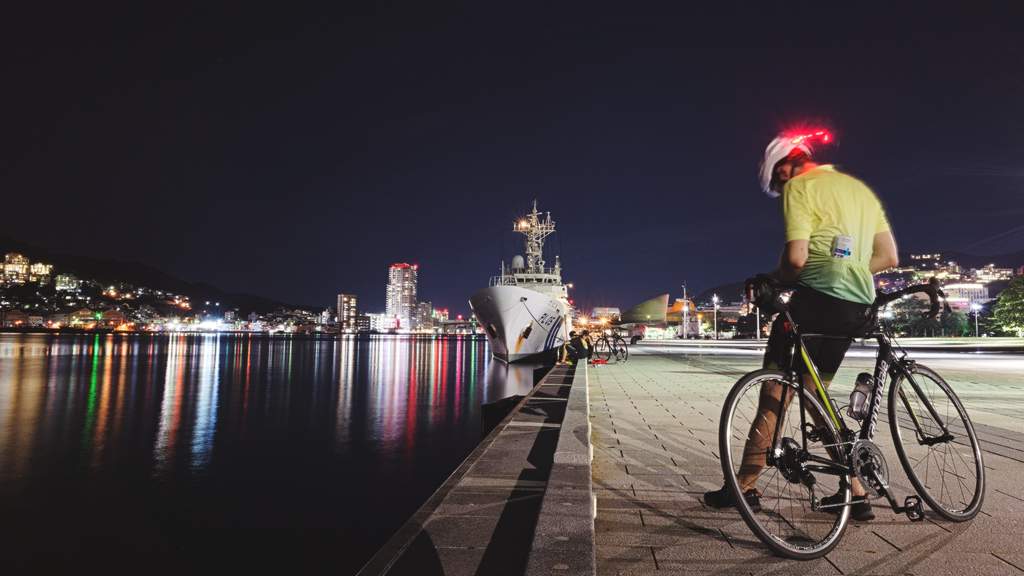Moving time: 2:06:34 – Distance: 37.8km – Climbing: 345m
In summer 2019 I visited Nagasaki for a short conference trip. I planned the visit at the last minute without realizing that the dates coincided with the Obon holiday and the commemoration of the atomic bombing. All flights from Tokyo were booked and I was forced to board on a 6-hour long train ride. I decided to make lemonade out of lemons and took my road bike on the train.
Summer in Japan is like the inside of the mouth of a dog. It’s wet and sticky. The humidity retains the heat of the day and radiates it at night — it gives no breaks. For weeks at a time, there are no shades where to hide. And on certain days, like during my visit to Nagasaki, temperatures are simply too high to be comfortable for cycling.

Hypocenter Cenotaph, Nagasaki Peace Park 
Despite the heat-induced discomfort, I enjoyed exploring Nagasaki and I am happy to recommend the city to other cyclists. Climbers will especially love the steep hills averaging gradients of 21 percent.

26 Martyrs Museum and Monument 
The Martyrdom of Franciscan Friars in Nagasaki, Tanzio da Varallo, Pinacoteca di Brera
Nagasaki is a beautiful town with a long complicated history. Many of the fortunes and tragedies of Nagasaki can be explained by its geography. Located in the southwest of Kyushu island, the city served as a natural point of contact with Asia and Europe. The first Portuguese ships landed shore in the early sixteenth century, bringing goods and missionaries to Japan. After a few decades, the shogunate grew wary of western influence and outlawed Catholicism. In 1959, 26 Catholics were crucified under the order of the local Daimyo. The crucifixion was the first in a series that occurred until the mid-seventeenth century.
During the Meiji restoration, Nagasaki became once more a hub for foreign trade. Later, given its strategic location, it became the host of a large military base for the Imperial Japanese Navy. In the 1920s Nagasaki continued to develop, adding heavy industries and shipyards. After the colonization of Korea, the city welcomed thousands of Korean conscripts sent to work in its factories. Many of them later perished in the tragic 1945 bombing.

Sara udon
The long multicultural history of Nagasaki is well reflected in its excentric cuisine. Its dishes often have Chinese or western influences (see the champon and sara udon, ot the castella and toruko rice).

Megane Bridge 
Chinatown 
View from Mt. Nabekanmuri 
The city develops on the floor of a narrow valley. Most tourist attractions are conveniently located on a straight line from north to south. I started cycling in the evening near the Peace Park, the epicenter of the atomic explosion, and rode south. Before leaving the city, I passed by the memorial of the 26 Martyrs, the Megane Bridge, Chinatown, the Higashiyamate Western Houses, and the Nagasaki Sea Park. From the bay, I headed up to the viewpoint of Mt. Nabekanmuri. The climb was short but very steep. The view from atop was breathtaking.
I continued riding south until I reached Koyagimachi. The roads along the coast were quiet as most of the traffic passes inland on larger state roads. Outside of the city, unlike Tokyo, it’s pitch-dark at night. So, if you plan to ride on a summer evening, do not make my mistake and remember to fully charge the batteries of your lights.
In conclusion, Nagasaki is a fun city to ride in, with many historical attractions, panoramas, and climbs. If you happen to be in Kyushu, do not miss it. However, if you plan a summer trip, I suggest you go somewhere less humid (check Hokkaido).
